Picture of Takashi Nagai…
http://www.google.com/images?hl=en&q=takashi+nagai&um=1&ie=UTF-8&source=univ&ei=K-PXTN7qCIOj4Qbyt-C8Dg&sa=X&oi=image_result_group&ct=title&resnum=3&ved=0CCAQsAQwAg
Known affectionately as “the saint of Urakami”, Takashi Nagai died on May 1st, 1951, six years after the atomic bomb fell, on August 9th 1945, on his city of Nagasaki.
A convert to the Catholic faith, Dr.Nagai, came from a family of doctors. He was a physician specialising in radiology. His eye witness account is recorded in “The Bells of Nagasaki” – written while he was dying of leukaemia – and which has never been out of print since it first appeared in 1949.
“The Bells of Nagasaki” is a remarkable and unique memoir; the record on one of the most awesome events in human history.
The bombs which fell of Hiroshima and Nagasaki precipitated the atomic age, the nuclear arms race, the surrender of Japan, the end of the Second World War, and the deaths of thousands of men, women and children.
Over the four months which followed the detonation of the bombs, around 166,000 people died at Hiroshima and 80,000 more at Nagasaki – around half the deaths occurred within 24 hours. Of these, 60% died of flash or flame burns, 30% from falling debris and 10% from other causes. Subsequently, large numbers of people died from radiation sickness.
On that fateful day in August 1945 Takashi Nagai had been at work, as usual, at the University of Nagasaki, at the Medical College Hospital in the Urakami district of Nagasaki.
In his moving testimony of the events which followed, he describes the atmosphere on a campus which was already becoming accustomed to aerial bombardment. We meet his students, the nurses and doctors, the university professors, its president.
At two minutes past eleven on the morning of August 9th their world – and, for that matter, the entire world – was changed for ever. The plutonium atomic bomb which exploded at five hundred meters above Nagasaki, wiped out most of Dr.Nagai’s faculty: some 807 people. The bomb also shattered his private world.
He had sent their little children to their grandmother, who lived in the countryside, and they survived, but Midori, his beloved and devout wife, was burnt to death in their home – where she was found clutching her rosary.
In “The Bells of Nagasaki” Takashi Nagai powerfully records the harrowing sequence of events as he and his compatriots come to terms with the decimation of the familiar: all they held dear.
Dr.Nagai was badly injured – receiving a serious wound to his right temporal artery. Yet, he summonsed all his strength to begin rescuing what survivors there were.
Having gathered his wife’s charred remains, and reverently carried them to a relief centre in the countryside; he and the remnant from the Medical School selflessly devoted themselves to the care of the sick and dying.
One after another, the carers themselves also gradually succumbed to the same radiation sickness which was killing their patients.
Nagai collapsed and fell into a coma. On the point of death – the Cheyne-Stokes breathing which begins a few hours before death had even made itself manifest – he fell into unconsciousness and remained close to death for several weeks. Yet, he was miraculously spared.
After these cataclysmic events Nagai built a small hut from pieces of his old house and continued to live there until his death in 1951. He regarded the hut as a hermitage and called it Nyoko-do, taken from Jesus’ admonition to “Love your neighbour as yourself.” He spent the years which were left to him in prayer and contemplation.
During this time he also wrote a number of books – the first of which was “The Bells of Nagasaki” – published on the first anniversary of the bombing. What followed were essays, drawings and calligraphy which, among other themes, had reflections on God, War, Death, and Medicine.
Towards the conclusion of “The Bells of Nagasaki” Nagai is visited by two of his former students, Yamamoto and Hamazato. Returning from the war to their devastated city, the students tell their professor “We must get our revenge. Even if it takes ten years, we’ll win this war.”
Patiently, Nagai – whose own patriotism and bravery is legendary – gently rebukes them and says “when I reflect that with the destruction of my country I was left homeless and penniless, then in the midst of sadness a fresh spirit, one of joy, rises in me….There can be no victory in a war that is unjust in the sight of God….Listen to the word of God: Vengeance is mine. I will repay. God has His own way of punishing those who are unjust in His sight. Revenge is not our business.”
Nagai reflects that “with changed hearts my visitors have left me. Deep silence descends upon my hut.”
That hut was close to the hill where, in 1597, twenty six Christian martyrs were crucified. Despite that attempt to asphyxiate and crush Japanese Christianity, it says something of the spirit of Nagasaki that two hundred and fifty years later Christian missionaries found an underground Christian community which had survived.
The hut also overlooked Urakami Cathedral, directly above which the atomic bomb had exploded. In an extraordinary testimony at a service given in the ruins of the cathedral, Dr.Nagai recorded that “In an instant, 8,000 Christians were called into the hands of God…at midnight the cathedral suddenly burst into flames and was burned to the ground.”
Nagai reflects on the nature and value of such suffering – how their pain and loss had brought peace to the world. Even as the cathedral was burning the Emperor of Japan made known his decision to end the war – promulgated on August 15th, the feast day of the Virgin Mary to whom the cathedral was dedicated.
In his testimony Dr.Nagai reflects on the hubris of the sin of Adam, on the nature of defeat, and the innate goodness of those who died in expiation of our collective sinfulness.
The cathedral’s bells had fallen fifty meters from the cathedral tower but had not been broken. Dug out from the atomic rubble, on Christmas night they were hoisted aloft and “from the ruined cathedral, echoing across the atomic wilderness, the bells told us that dawn had come…ringing out the message of peace and its blessings…may there never again be a time when they do not ring!”
In a region and world in which men still threaten each other with nuclear weapons we should reflect on this pleas and on Takashi Nagai’ urgent warning that Nagasaki should be “the last atomic wilderness in the history of the world” and that such “war can only mean suicide for the human race.”
APPG for Pakistani Minorities Welcomes Historic Passage of Child Marriage Restraint Act 2025
PRESS RELEASEFOR IMMEDIATE RELEASE31 May 2025...

